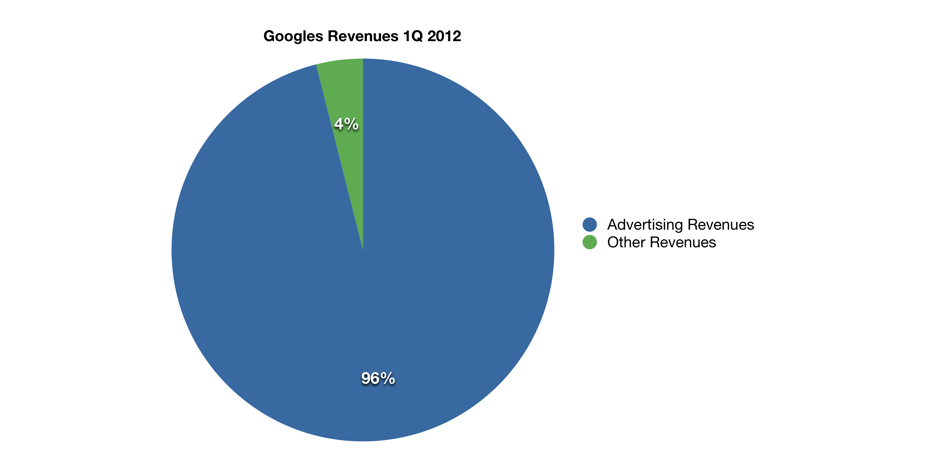Advertising agencies need more than creative talent or media experts. In order to run your client’s business there must be efficient and effective project management. It starts with the right partnership between agency and clients. Often times a project does not come to life because of poor management, inaccurate budgets, or unreachable timelines. Agencies and clients are cutting ties due to poor planning and management along with creative issues. In recent ad agency news one of the biggest beer companies pulled their work from BBDO in Canada. Ad Age reported the news this week in the article titled, “Molson Coors Yanks Coors Light from BBDO in Canada.” There has a been a wave of agency reviews and new accounts where creative was not the reason for the break up. Another article in Inc points to several key factors in reviewing the right agency that points out the importance of proper management, “How to Choose an Advertising Agency.”
BBDO is a super power of creative talent in the U.S., Canada and across the globe. It recently picked up Bud Light account in the U.S. which the stated primary reason why Coors Light pulled the account. On the surface it appears to a conflict of interest however, Bud Light in Canada is managed by Anomaly. Coors Light is behind Bud Light in volume sales however the margin is small which means they are looking for their agency to differentiate the product in advertising and media. Creative differentiation must start with proper management of the account and projects.
Bridgestone has used a private firm out of Dallas for over seven years and most recently ended part of their agreement. Bridgestone creative work is now with Publicis Dallas which is also well-known agency in the industry. However, The Richards Group will retain the sports marketing business. This will require extensive management and coordination between agency partners and clients. The scope and clear definition of roles between the two agencies will be critical to the growth of Bridgestone.
It all starts with the client selection process. Agency selection process is extensive and requires a high degree of management and collaboration. Project management was a key factor in the two examples of why the agency lost the business. The client through the RFP process which includes budget, media targets, creative goals and general agency-client operations defines the scope of the agency’s role. This is critical for both parties so they produce the right campaigns and drive results for their clients.
Does your company work with an ad agency? If so how is the relationship managed? How does internal project management practices transfer to managing outside partners?
Resources:
http://adage.com/article/agency-news/molson-coors-yanks-coors-light-bbdo-canada/242987/
http://www.adweek.com/news/advertising-branding/bridgestone-tires-moves-publicis-dallas-150988
http://www.inc.com/guides/201108/how-to-choose-an-advertising-agency.html

